When it comes to making healthy beverages at home, two popular appliances often come to mind: juicers and smoothie makers (also known as blenders). While both are designed to help you consume more fruits and vegetables, they serve different purposes and produce different results. This article will break down the key differences, benefits, and drawbacks of each, helping you decide which is best for your lifestyle.
What is a Juicer?
A juicer is a kitchen appliance that extracts juice from fruits and vegetables by separating the liquid from the pulp. It removes fiber and solids, giving you a smooth, thin juice that’s easy to drink.
Types of Juicers
- Centrifugal Juicers: Fast, with a spinning blade; great for hard fruits like apples.
- Masticating Juicers (Cold Press): Slowly crush produce for higher juice yield and more nutrients.
- Triturating Juicers: Twin-gear models, ideal for leafy greens and maximum nutrient retention.
What is a Smoothie Maker?
A smoothie maker, or blender, is an appliance that mixes whole fruits and vegetables (including skins and pulp) with liquid to create a thick, drinkable beverage known as a smoothie. Nothing is removed—everything is blended together.
Types of Smoothie Makers
- Standard Blenders: Versatile and suitable for most household smoothie needs.
- High-Powered Blenders: Like Vitamix or Blendtec, capable of handling ice, nuts, and tough ingredients.
- Personal Blenders: Compact and portable, great for single servings.
Key Differences Between Juicers and Smoothie Makers
| Feature | Juicer | Smoothie Maker |
|---|---|---|
| Output | Juice only (no fiber) | Smoothies (includes fiber) |
| Texture | Thin, liquid | Thick, creamy |
| Fiber Content | Low or none | High |
| Satiety (Feeling Full) | Lower due to lack of fiber | Higher due to fiber content |
| Nutrient Absorption | Faster, fewer digestive steps | Slower, but more complete |
| Cleanup | Often more parts, harder to clean | Generally easier to clean |
| Waste | Produces pulp waste | No waste; uses whole food |
| Speed | Juicers can be slower (cold press) | Blenders are usually faster |
Pros and Cons of Juicers
Pros
- Quick nutrient absorption
- Ideal for those with digestion issues
- Smooth, easy-to-drink texture
- Great for juicing leafy greens
Cons
- Removes fiber, which is beneficial for digestion
- Can be expensive (especially cold press)
- More cleanup and food waste
Pros and Cons of Smoothie Makers
Pros
- Keeps all fiber and nutrients intact
- More filling due to fiber
- Versatile – can blend soups, sauces, nut butters, etc.
- Less waste and easier to clean
Cons
- Can be too thick for some people
- Nutrient absorption may take longer
- May require more liquid to blend properly
Which One is Better for You?
Choose a Juicer if:
- You want fast nutrient absorption
- You prefer lighter, easy-to-digest drinks
- You’re doing a juice cleanse or detox
- You don’t mind the extra cleanup
Choose a Smoothie Maker if:
- You want a filling, meal-replacement drink
- You want to keep the fiber and all parts of the fruit
- You like thicker textures and blended meals
- You want a multipurpose kitchen appliance
Can You Have Both?
Absolutely! Many health-conscious individuals use both appliances depending on their needs. For instance, you might have a juice in the morning for a quick nutrient boost and a smoothie later as a snack or meal.
Conclusion
Both juicers and smoothie makers offer valuable ways to increase your fruit and vegetable intake. If you’re looking for fast-absorbing nutrients and a light drink, a juicer may be the better option. If you want something filling, fiber-rich, and versatile, go with a smoothie maker.
Ultimately, the best choice depends on your health goals, dietary preferences, and lifestyle.

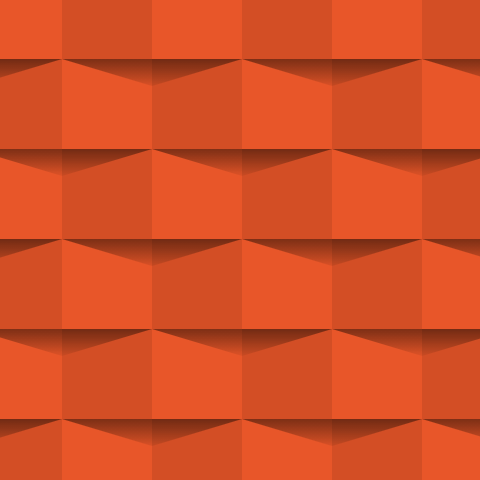
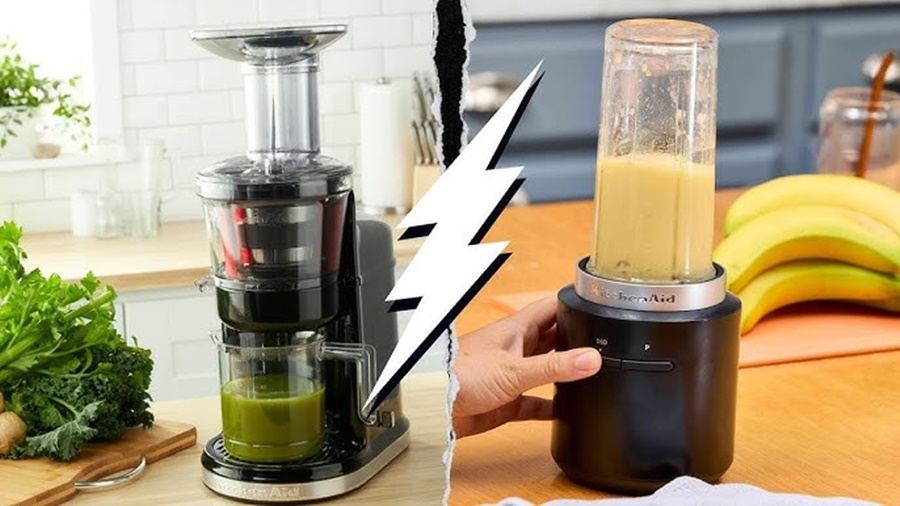
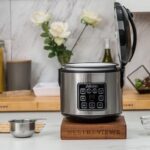


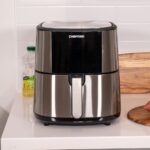
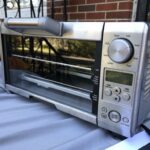
Leave a Reply